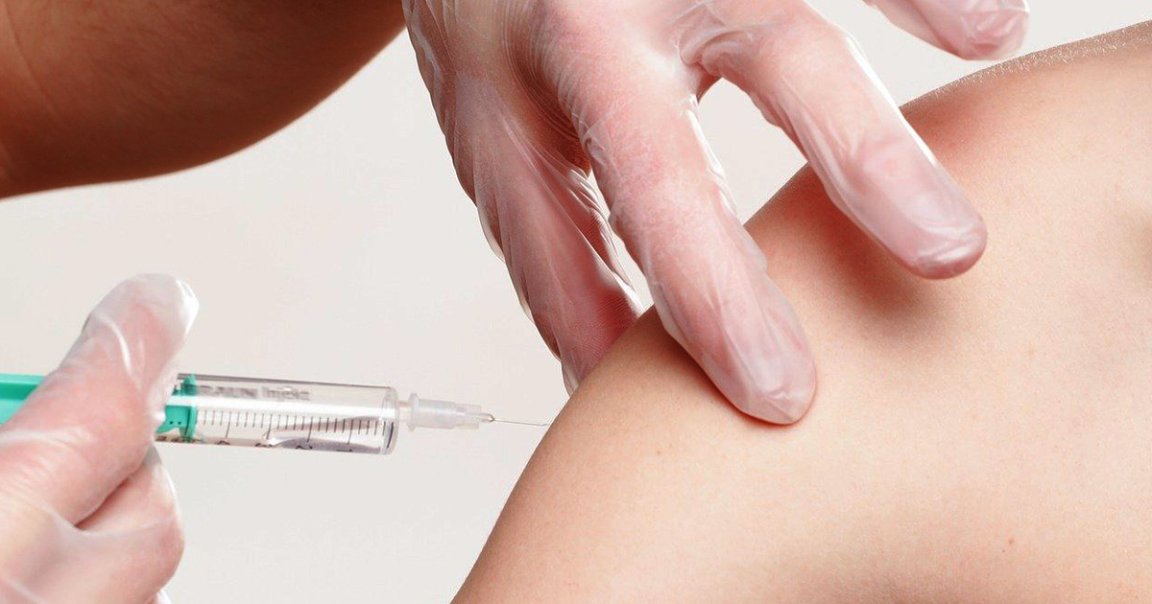
Operation Warp Speed, the federal public-private partnership that’s led the push to develop a COVID-19 vaccine on an accelerated timeline, just announced how it plans to distribute the first batch of vaccines.
So far, none of the experimental vaccines in the developmental pipeline have been approved for use by the FDA. But once they are, NPR reports, the first batches will be distributed based on state population rather than on who needs them the most, like immunocompromised patients and frontline medical workers.
“We wanted to keep this simple,” Alex Azar, secretary of Health and Human Services (HHS), said at a Tuesday briefing. “We thought it would be the fairest approach, and the most consistent.”
Figuring out how to distribute coronavirus vaccines to the people who need them has been a matter of controversy, and Azar’s announcement is a departure from previous plans and expert recommendations.
The Advisory Committee on Immunization Practices, an independent group of experts advising the CDC, has been drafting guidelines and recommendations on how to make sure vaccines get to those who need one the most, according to NPR. In late October, HHS official Paul Mango announced that Operation Warp Speed would wait for those guidelines to be ready and send vaccines to high-risk groups.
But now, they’re going ahead with their state population-focused plan instead. Those individual states may well give their allocated vaccines to at-risk groups, but it will be up to each state to decide rather than take part in a coordinated national effort.
“I finally made the decision late Friday night,” General Gustave Perna, the Operation Warp Speed logistics head, said at Tuesday’s briefing, “So states could prioritize based on [their] amount.”